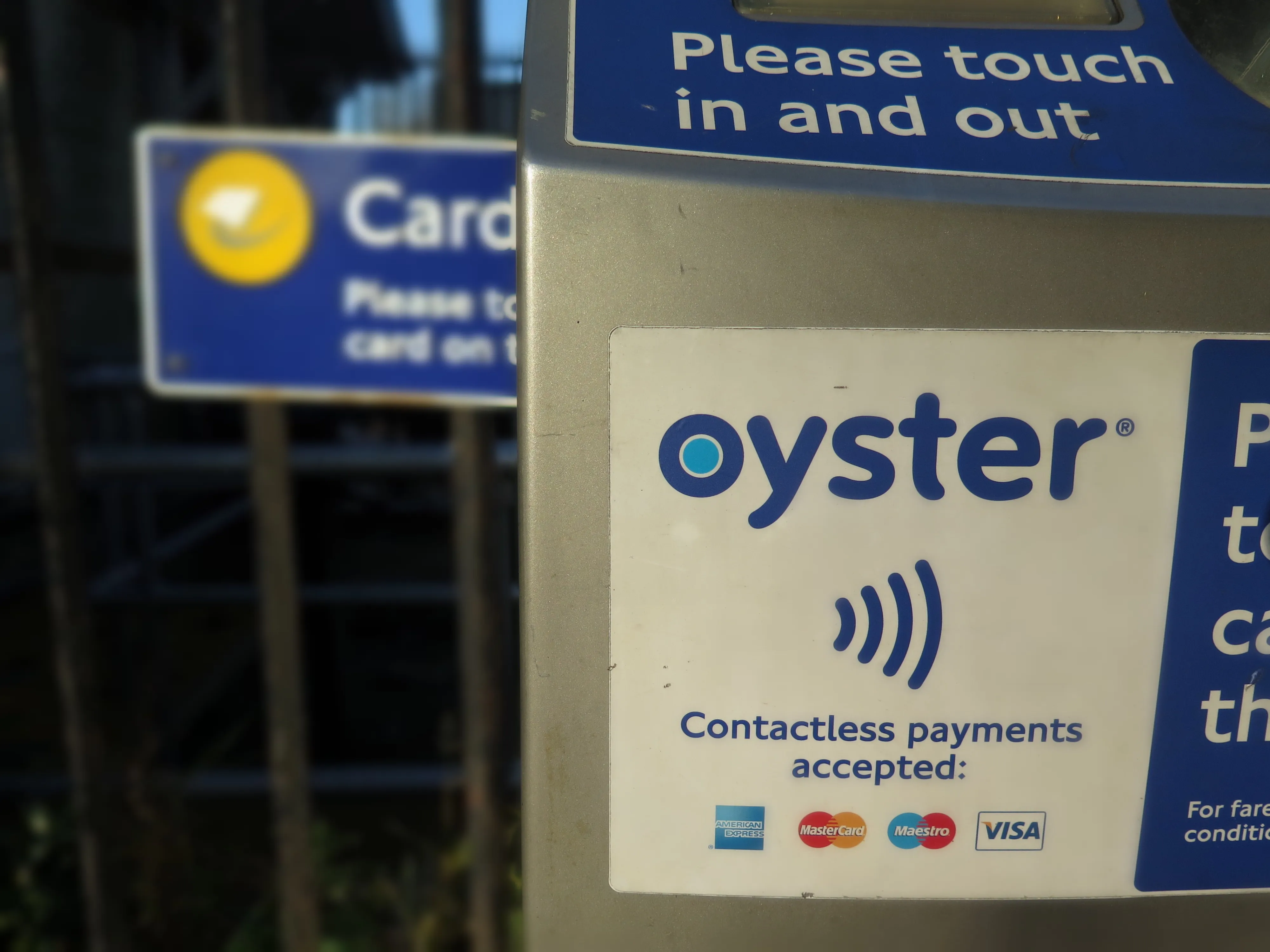Astronauts report that the sensation of seeing the Earth from space is extremely humbling; revealing both the wonder of our world and its fragility with a level of clarity they have never experienced before, or after. From space everything the Astronaut has ever known is but a small green and blue blob that can be masked by the smallest obstruction. And from that distance all the countries in the world are equally far away and their inhabitants cannot be divided into rich or poor, by religion or colour.
December 19, 2013
Read time: 3 mins

Astronauts report that the sensation of seeing the Earth from space is extremely humbling; revealing both the wonder of our world and its fragility with a level of clarity they have never experienced before, or after. From space everything the Astronaut has ever known is but a small green and blue blob that can be masked by the smallest obstruction. And from that distance all the countries in the world are equally far away and their inhabitants cannot be divided into rich or poor, by religion or colour.
So what would somebody with such a perspective make of the ITS industry and how would they see it evolving? Well perhaps the latest report on the GNSS market from European Space Agency, which is busily launching satellites for the Galileo constellation, may give an insight – it makes interesting reading.
The report predicts that by 2022 the number of GNSS devices will quadruple to around seven billion. Europeans and those in North America will each have three while in the rest of the world two people will share one device. And the majority of those devices will be smartphones.
With that level of penetration, it is almost certain that every person who can afford a car will have a smartphone and even in the less developed economies it is likely that half of the passengers on a bus will have a smartphone.
While smartphones will not give the level of connectivity, speed and accuracy required for some safety critical functions, the astronaut looking from afar might well ask – why not embrace smartphone technology in areas where it can be useful? They could reason that utilising the technology large sections of the travelling public already own by must be the quickest and most effective way to achieve many of the ITS industry’s aims.
While many in the ITS industry might argue that the more dedicated, time-critical and accuracy-dependent safety features will bring the greatest safety gains, it is undeniable that as end-user cost of technology rises, the numbers benefitting from that technology diminish. Although this rather ethical dilemma may not weigh on the minds of commercial businesses developing ITS systems, it will be a factor in the decisions of politicians selecting which technology should be adopted in any given country or region.
So even in affluent democracies, the cost and effectiveness of potentially lifesaving ITS technology may not be seen as being as important as systems offering convenience or protection (albeit at a lower level) to a greater number of people. Politicians love to communicate with the masses and as such may view the advanced driver assistance system in a new car as being of less importance than an app that allows smartphone users to check travel information for their journey ahead. This is despite the fact that the in-vehicle system may save the life of the driver and/or other road users while the app would only tell users of a delay.
So the answer must be to strive for technical perfection in preventing accidents, cutting journey times and automating driving, parking and the like without limiting advances to the minority of people who can afford a new vehicle. Drivers of second hand vehicles, mass transit users, cyclists and pedestrians have an equal claim to share in the benefits of technical progress - and probability the easiest and most equitable way to achieve that is by utilising the smartphones many already own.
So what would somebody with such a perspective make of the ITS industry and how would they see it evolving? Well perhaps the latest report on the GNSS market from European Space Agency, which is busily launching satellites for the Galileo constellation, may give an insight – it makes interesting reading.
The report predicts that by 2022 the number of GNSS devices will quadruple to around seven billion. Europeans and those in North America will each have three while in the rest of the world two people will share one device. And the majority of those devices will be smartphones.
With that level of penetration, it is almost certain that every person who can afford a car will have a smartphone and even in the less developed economies it is likely that half of the passengers on a bus will have a smartphone.
While smartphones will not give the level of connectivity, speed and accuracy required for some safety critical functions, the astronaut looking from afar might well ask – why not embrace smartphone technology in areas where it can be useful? They could reason that utilising the technology large sections of the travelling public already own by must be the quickest and most effective way to achieve many of the ITS industry’s aims.
While many in the ITS industry might argue that the more dedicated, time-critical and accuracy-dependent safety features will bring the greatest safety gains, it is undeniable that as end-user cost of technology rises, the numbers benefitting from that technology diminish. Although this rather ethical dilemma may not weigh on the minds of commercial businesses developing ITS systems, it will be a factor in the decisions of politicians selecting which technology should be adopted in any given country or region.
So even in affluent democracies, the cost and effectiveness of potentially lifesaving ITS technology may not be seen as being as important as systems offering convenience or protection (albeit at a lower level) to a greater number of people. Politicians love to communicate with the masses and as such may view the advanced driver assistance system in a new car as being of less importance than an app that allows smartphone users to check travel information for their journey ahead. This is despite the fact that the in-vehicle system may save the life of the driver and/or other road users while the app would only tell users of a delay.
So the answer must be to strive for technical perfection in preventing accidents, cutting journey times and automating driving, parking and the like without limiting advances to the minority of people who can afford a new vehicle. Drivers of second hand vehicles, mass transit users, cyclists and pedestrians have an equal claim to share in the benefits of technical progress - and probability the easiest and most equitable way to achieve that is by utilising the smartphones many already own.










